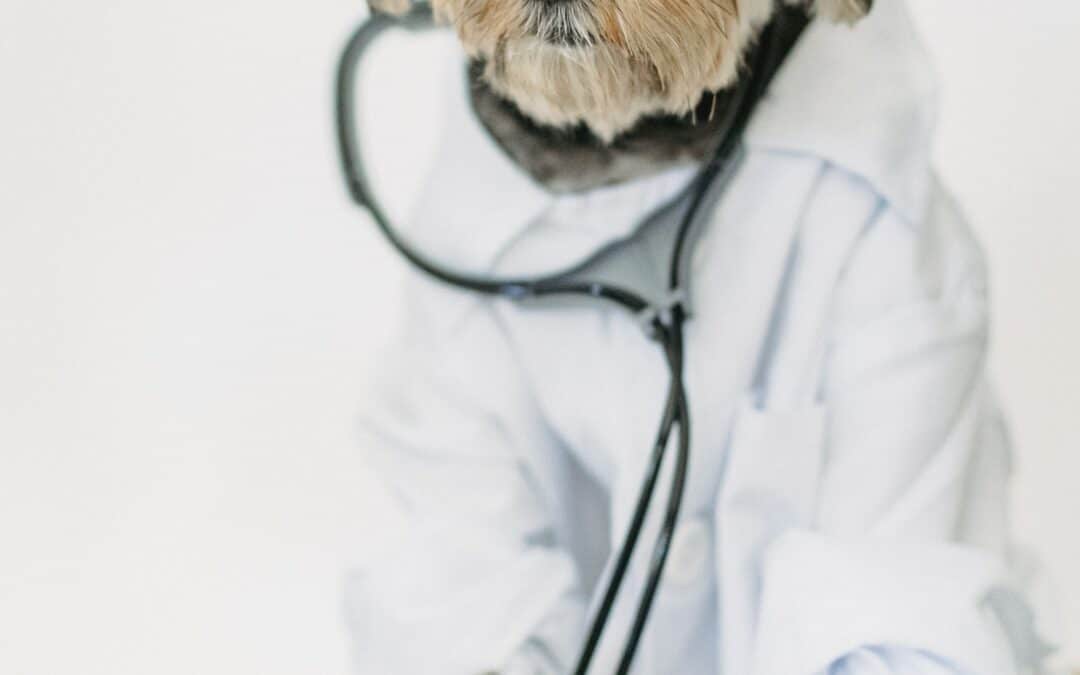Disclaimer: This article is not affiliated with the pet medication Bravecto or its parent company, Merck. The information contained here is for informational purposes only. Please consult with a licensed veterinarian before making healthcare decisions for your pet.
Introduction
Table of Contents
- 1 Introduction
- 2 What Is Fluralaner and How Does It Work?
- 3
- 4 What Are the Side Effects of Bravecto?
- 5 How Long Do Bravecto Side Effects Last in Dogs?
- 6 What Are the Different Types of Bravecto?
- 7 How Effective Is Bravecto?
- 8 How Long Does Bravecto Stay in Dog’s System?
- 9 Can Puppies Take Bravecto?
- 10 Is Bravecto Safe for Pregnant Dogs?
- 11 Frequently Asked Questions
- 12 Conclusion: Should You Give Bravecto to Your Dog?
Fleas and ticks are more than just a nuisance for your dog. Ticks can carry harmful diseases like Lyme Disease and Rocky Mountain Spotted Fever, and fleas can cause chronic diseases like anemia.
One of the most popular medications to prevent and treat fleas and ticks in dogs is Bravecto. Unfounded controversy surrounds the medication and its side effects on dogs’ kidneys and livers. Some extraordinary claims have led people to ask “Does Bravecto kill dogs?”
Bravecto provides up to 12 weeks of flea protection for your adult dog or puppy, three times longer than competitive flea and tick prevention chews and solutions. One dose is fast, convenient, safe, & effective; Bravecto starts killing fleas within hours, offers long-lasting protection, is easy to administer, is FDA-approved, & is the first U.S. product with protection against the Asian long-horned tick. Puppies and adult dogs can use Bravecto as prescribed by your veterinarian. Don’t leave flea and tick protection to chance.
However, several professional medical studies and years of research proved Bravecto’s safety and efficacy. While all medications, including Bravecto, come with side effects and risks, the veterinary consensus is that Bravecto is safe for pets to prevent and treat fleas and ticks.
What Is Fluralaner and How Does It Work?
Fluralaner is the active ingredient in the flea and tick medication Bravecto. Fluralaner can prevent and treat fleas and ticks in dogs. Bravecto for cats is also available.
The medication works by getting into the dog’s bloodstream and dispersing through the body. When fleas and ticks bite the dog and consume a blood meal, they are exposed to fluralaner and die.
Fluralaner is available in topical and oral forms, and while it is toxic for fleas and ticks, it is generally safe for dogs.
What Are the Side Effects of Bravecto?
Bravecto adverse reactions are uncommon. They include nausea, vomiting, decreased appetite, diarrhea, dehydration, and skin allergies. More serious but rare neurological side effects include muscle tremors, seizures, and ataxia.
Because side effects are rare, the Food and Drug Administration considers Bravecto and other isoxazoline products safe for dogs.
How Long Do Bravecto Side Effects Last in Dogs?
Your dog won’t necessarily get Bravecto side effects. Dogs that suffer side effects experience them for as little as two and as long as six hours.
If your dog is vomiting or has diarrhea, the side effects should resolve within a few hours. To prevent side effects, make sure the dog eats before taking the pill.
What Are the Different Types of Bravecto?

Bravecto is available in two forms: an oral medication that your dog can chew and a topical solution that you apply to its skin. The active ingredient in both types is Fluralaner.
Topical Bravecto for Dogs
Topical Bravecto is a solution that you apply directly to the dog’s skin. The directions state to start between your dog’s shoulder blades and apply the medication in one or a few spots down the back. Topical Bravecto, like oral Bravecto, is for use every 12 weeks.
Bravecto Chews for Dogs
Oral Bravecto is a chewable tablet that your dog will likely find tasty. The dosage is one oral tablet every 12 weeks (unless your veterinarian recommends otherwise) with a full meal and plenty of water. If you have a squirmy dog that does not allow you to apply a topical solution, the oral form may be preferable.
How Effective Is Bravecto?

Studies show that Bravecto is almost 100 percent effective in treating and preventing fleas and ticks in dogs, beginning two hours after treatment and continuing over a 12-week period. Its efficacy is comparable to other flea and tick medications in the isoxazoline class.
How Long Does Bravecto Stay in Dog’s System?
With proper dosage, Bravecto is effective for treating and preventing fleas and ticks for 12 weeks.
Can Puppies Take Bravecto?
So, is Bravecto safe for puppies? Merck states that Bravecto is safe for puppies over six months of age and weighing more than 4.4 pounds. One study of eight-week-old puppies showed that Bravecto was safe at dosages up to five times the recommended dose.
Is Bravecto Safe for Pregnant Dogs?
Pregnant dogs require extra care and monitoring. The FDA approved Bravecto as a safe treatment for pregnant, breeding, and nursing dogs. Bravecto for lactating dogs is also safe.
Frequently Asked Questions
Let’s look at some common questions about Bravecto.
What are some Bravecto alternatives?
Bravecto alternatives from the isoxazoline class include Nexgard, Credelio, Simparica, and Revolution Plus. Other options from different drug classes include Frontline, K9 Advantix, and Comfortis.
Can Bravecto cause liver damage?
Studies do not show a link between Bravecto and liver or kidney damage. Multiple government agencies, including the Food and Drug Administration, the National Institute of Health, and the European Medicines Agency have confirmed the medication’s safety.
Can Bravecto cause seizures?
According to the FDA, seizures are a rare but possible neurological side effect of Bravecto. The active ingredient in Bravecto, Fluralaner, is associated with other rare side effects including tremors and ataxia. It can affect dogs without a history of these conditions.
If your dog is prone to seizures or other neurological conditions, take extra precautions and consult with your veterinarian.
Was Merck Animal Health hit with a class action lawsuit?
In 2019, plaintiffs Valerie Palmieri, et. al, filed a class action lawsuit against Merck Animal Health, alleging that the company misleadingly markets Bravecto as a safe treatment in dogs for fleas and ticks. Palmieri, et. al, state the medication is dangerous and causes neurological dysfunction in dogs.
Is Bravecto safe for MDR1 dogs?
Multidrug-resistant mutation (MDR1) is a genetic mutation that makes dogs sensitive to the negative effects of some medications. Common medications like Ivermectin, Loperamide, and several sedatives can have stronger effects in dogs with MDR1.
Bravecto is safe for MDR1 dogs and studies did not show any adverse effects.
Conclusion: Should You Give Bravecto to Your Dog?
Hearing that a popular flea and tick medication is potentially deadly for your dog can be scary for a pet owner. However, the data does not support these fears. Several high-quality research studies and government agencies have affirmed that Bravecto is safe for dogs.
All medications come with potential side effects, and Bravecto’s side effects are real. While uncommon, Bravecto may cause gastrointestinal upset, dehydration, and skin issues.
In extreme but rare instances it may cause neurological dysfunction. Studies have not proven a link between Bravecto and kidney or liver issues.
It’s essential to protect your dog from fleas and ticks. These parasites can cause chronic and possibly deadly diseases. However, you should always consult your veterinarian before making healthcare decisions for your dog.
Bravecto is one of several effective and safe flea and tick medications, and only you and your vet know what is best for your dog.









